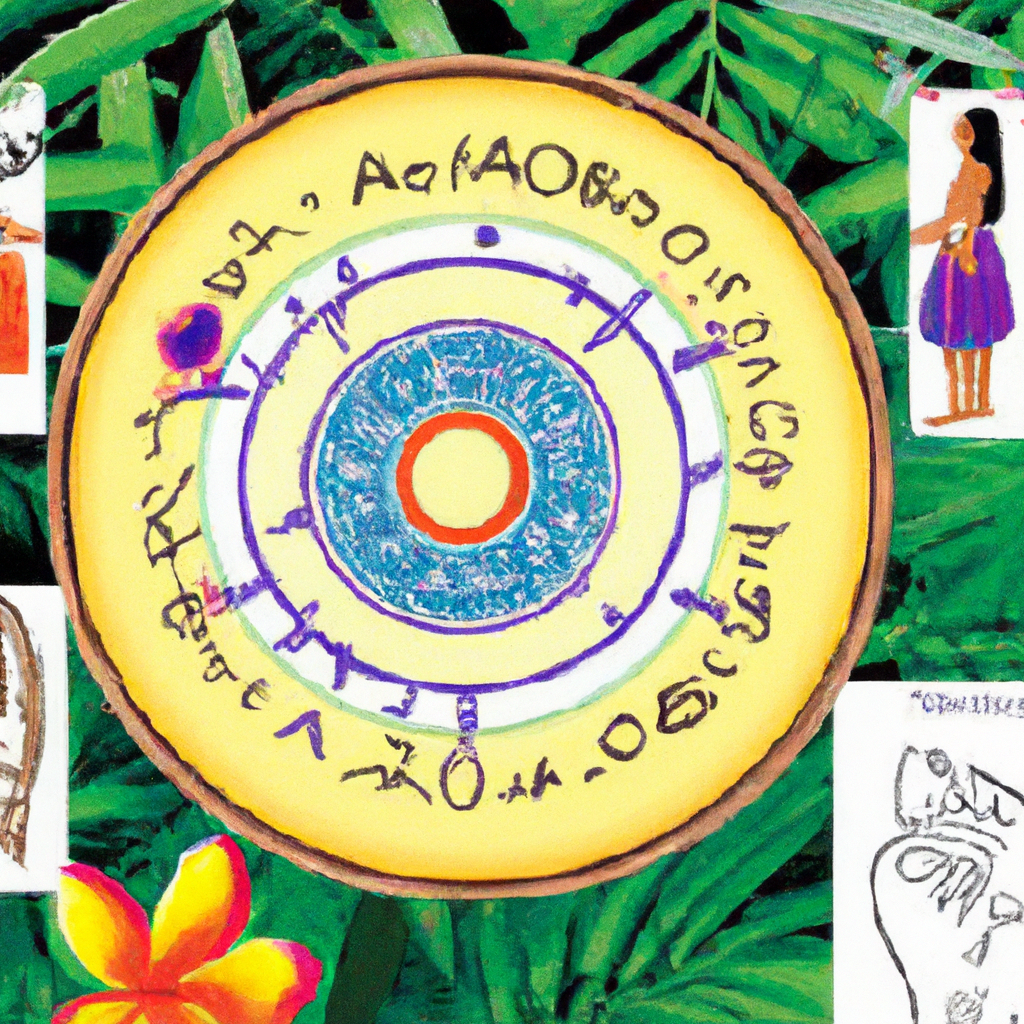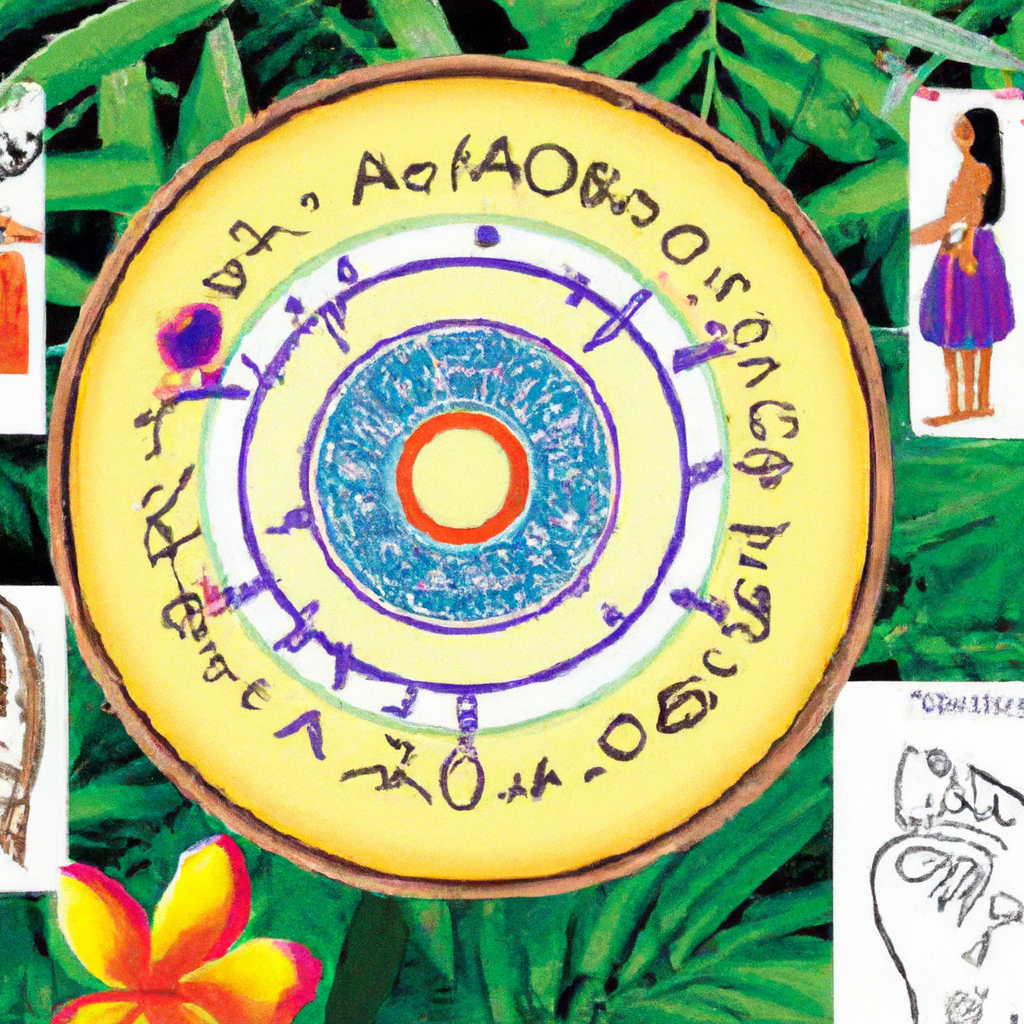So you’ve decided to embark on an exciting linguistic journey and explore the beautiful Hawaiian language! In this comprehensive beginner’s guide, we will take you on a delightful exploration of the rich cultural and historical tapestry that is the Hawaiian language. From learning the basics of pronunciation to discovering fascinating expressions and commonly used phrases, this article will equip you with the fundamental knowledge needed to dive into the enchanting world of Hawaiian language and culture.

History of the Hawaiian Language
Polynesian Origins
The Hawaiian language is part of the Polynesian language family, which includes languages such as Tahitian, Maori, and Samoan. These languages can be traced back to the ancient Polynesian people who settled in the Pacific islands thousands of years ago. The ancestors of the Hawaiians are believed to have originated from the Marquesas Islands and migrated to Hawaii around 1,500 years ago.
Arrival of Europeans
The arrival of Europeans in Hawaii had a significant impact on the Hawaiian language. In 1778, Captain James Cook, a British explorer, arrived in Hawaii, followed by missionaries from the United States in the early 19th century. With their arrival, English became an influential language, leading to the introduction of English words and the adoption of English grammar structures in the Hawaiian language.
The Decline and Revitalization
The 19th and 20th centuries witnessed a decline in the use of the Hawaiian language. The establishment of western education systems, such as English-only schools, led to a suppression of the Hawaiian language. However, in the 1970s, there was a growing realization of the importance of preserving the Hawaiian language and culture. Efforts were made to revitalize the language through the establishment of immersion schools and the development of educational materials. Today, there is a renewed interest in learning and speaking Hawaiian, and the language is experiencing a revival.
Alphabet and Pronunciation
Vowels and Consonants
The Hawaiian language has a simple and consistent alphabet consisting of only thirteen letters: five vowels, a, e, i, o, and u, and eight consonants, h, k, l, m, n, p, w, and ‘okina (glottal stop). The absence of the letters b, c, d, f, g, j, q, r, s, t, x, y, and z makes Hawaiian pronunciation distinct from English.
Pronunciation Guidelines
Unlike English, Hawaiian has a phonetic spelling system, with each letter representing a specific sound. Vowels in Hawaiian are always pronounced individually and clearly. For example, the ‘a’ is pronounced like the ‘a’ in “father,” and the ‘e’ is pronounced like the ‘e’ in “bed.” Consonants are generally pronounced as they would be in English, although the ‘w’ is pronounced like a ‘v.’
Basic Grammar
Nouns and Pronouns
In Hawaiian, nouns are not marked for gender or number. They can be used in their singular form or made plural by adding the particle ‘na’ before the noun. Pronouns in Hawaiian include familiar ones like ‘oukou’ (you plural) and ‘kākou’ (we inclusive), as well as possessive pronouns like ‘kou’ (your) and ‘kā’u’ (mine).
Verbs and Verb Forms
Hawaiian verbs change their forms to indicate tense, mood, and aspect. The present tense is the base form of the verb, while the past is formed by adding the prefix ‘i,’ and the future is formed by adding the particle ‘e.’ Verbs may also be conjugated to show commands, negation, and passive voice.
Adjectives and Adverbs
Adjectives in Hawaiian can be used to describe nouns by following them directly. They do not change their form to agree with the noun. Adverbs, on the other hand, do not change their form and can modify verbs, adjectives, or other adverbs.
Useful Phrases and Expressions
Greetings and Introductions
When greeting someone in Hawaiian, it is common to say “Aloha,” which means both hello and goodbye. You can also use “Aloha kakahiaka” for good morning, “Aloha ‘auinalā” for good afternoon, and “Aloha ahiahi” for good evening. To introduce yourself, you can say “O wai kou inoa?” meaning “What is your name?”
Common Questions and Responses
If you need to ask a question, you can use phrases like “He aha kēia?” meaning “What is this?” or “Pehea ‘oe?” meaning “How are you?” To respond, you can say “Maika’i” for good or “A’ole” for not good.
Numbers and Time Expressions
Counting in Hawaiian is relatively straightforward. The numbers from one to ten are: ‘ekahi, ‘elua, ‘ekolu, ‘ehā, ‘elima, ‘eono, ‘ehiku, ‘ewalu, ‘eiwa, and ‘umi. For telling time, you can use the phrase “he hola” followed by the hour, and “ma ka minuke” followed by the minute.

Vocabulary and Word Categories
Nouns
Hawaiian nouns cover a wide range of categories, from everyday objects like “ka pāpale” for hat and “ka pahu ho’ola” for refrigerator to natural elements like “ka lani” for sky and “ka ‘āina” for land.
Verbs
Verbs in Hawaiian are vital for expressing actions and states. Some common verbs include “holo” (to run), “ai” (to eat), and “imua” (to move forward).
Adjectives
Adjectives allow you to describe nouns in more detail. In Hawaiian, you can use words like “nani” for beautiful, “maika’i” for good, and “lu’umu’u” for small.
Adverbs
Adverbs in Hawaiian modify verbs, adjectives, or other adverbs. Examples of adverbs in Hawaiian are “mau” for always, “kūpono” for correctly, and “maoli” for truly.
Word Order in Sentences
Subject-Verb-Object Structure
Hawaiian typically follows a subject-verb-object sentence structure. The subject usually comes before the verb, which is followed by the object. For example, “Na keiki e a’o ana i ka ‘olelo Hawaii” translates to “The children are learning the Hawaiian language.”
Question Formation
To form a question in Hawaiian, you can either change the word order to verb-subject-object or add the question particle “e” at the beginning of a sentence. For example, “E hele ‘oe i kahi maika’i?” means “Are you going to a good place?”
Negation and Contractions
Negative Words and Expressions
In Hawaiian, you can create negative sentences by using words like “a’ole” (no) or “mai” (don’t). For example, “A’ole au e hele i ke kula” means “I’m not going to school.”
Use of Contractions
Contractions are commonly used in Hawaiian to simplify speech. For instance, “i ke kula” (to the school) can be contracted to “i ka kula.”
Plurals and Possession
Plural Forms
To indicate plurality, the particle “na” is used before nouns. For example, “ke kāne” (the man) becomes “na kāne” (the men).
Possessive Forms
Hawaiian uses possessive phrases to indicate ownership. For example, “ka pāpale a ke keiki” translates to “the hat of the child.”
Hawaiian Language Resources
Online Courses and Tutorials
There are many online resources where you can learn the Hawaiian language, such as Duolingo, Memrise, and Hawaiian-language.com. These platforms offer interactive lessons and exercises to help you practice your skills.
Printed Materials and Books
If you prefer traditional textbooks, there are several options available. “Hawaiian Dictionary: Hawaiian-English, English-Hawaiian” by Mary Kawena Pukui and “Kālele Book 1: Beginning Hawaiian” by Albert J. Schütz are highly recommended for beginners.
Language Learning Apps
Mobile applications like “Hawaiian Words” and “Speak Hawaiian” provide a convenient way to learn vocabulary, pronunciation, and basic grammar on the go.
Immerse Yourself in Hawaiian Culture
Attending Cultural Events
To fully embrace the Hawaiian language and culture, attending cultural events is highly recommended. Hula performances, traditional luaus, and festivals like Merrie Monarch are excellent opportunities to experience the language and customs firsthand.
Visiting Traditional Sites
Visiting traditional sites in Hawaii offers a unique chance to learn about the history and significance of the Hawaiian language. Places like the Bishop Museum and Pu’uhonua o Hōnaunau National Historical Park provide insights into the language’s cultural context.
Engaging with Native Speakers
Engaging with native speakers is the best way to practice speaking Hawaiian and deepen your understanding of the language. Whether it’s through language exchange programs, community events, or joining Hawaiian language classes, interacting with native speakers will enhance your learning experience.
As you embark on your journey to learn the Hawaiian language, take the time to explore its rich history, pronunciation guidelines, basic grammar, useful phrases, and vocabulary. Make use of the available resources to enhance your learning experience and immerse yourself in Hawaiian culture. Aloha!
